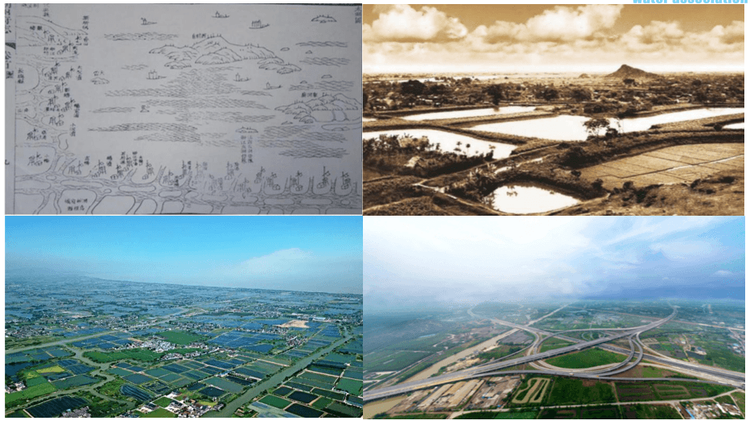Regulation and Protection of Lougang Irrigation and Drainage System in Huzhou City
Contributed by Ms. Wu Haiyan, Mr. Wu Yafeng: Water Conservancy Bureau of Huzhou City; Taihu Lake, the third largest freshwater lake in China, is considered the heart of the Yangtze River Delta. Huzhou City, a city named after the lake, is part of the Taihu Basin located on the southern shore of Taihu Lake.
